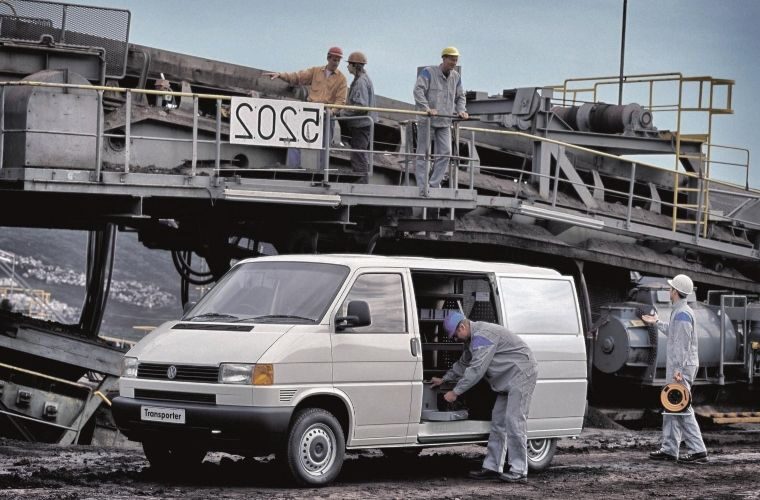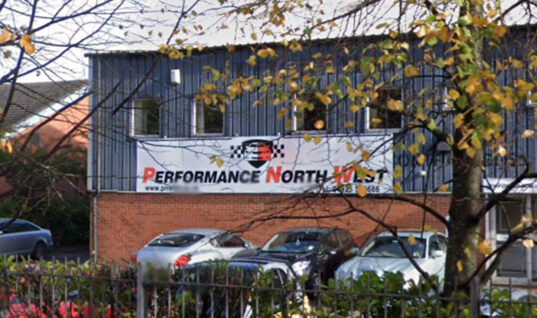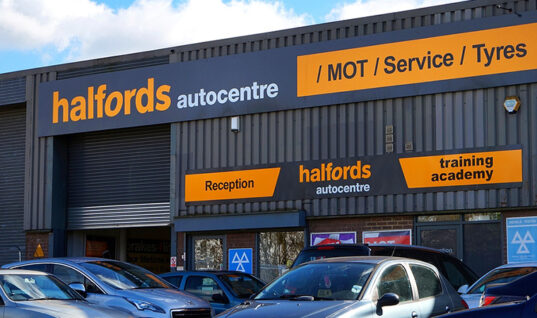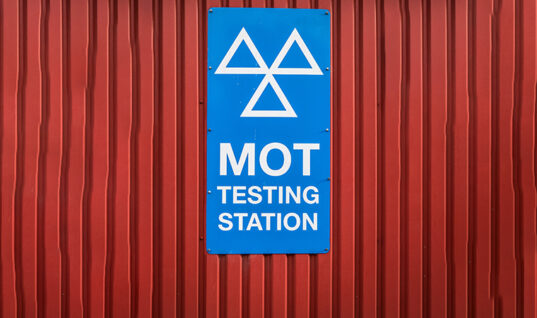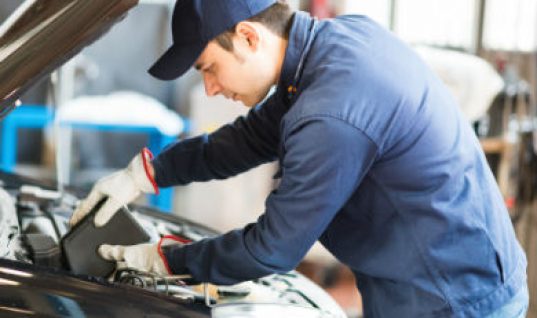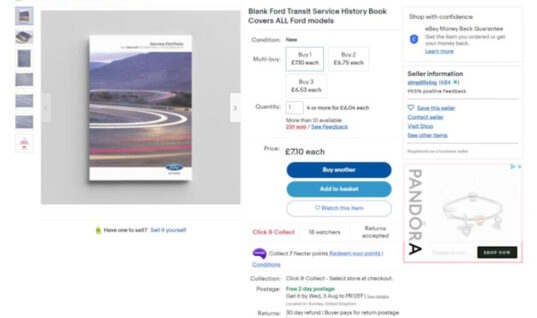30 years ago in September 1990, Volkswagen realigned its commercial vehicle range after the production of 6.7 million T1, T2 and T3 models with the engine at the back.
A new era of front-engine vans began with the launch of the T4.
For the first time in the history of the Bulli now only the front axle was being driven.
Modern in-line engines with regulated catalytic converters replaced the venerable old boxer engines.
Ahead of its launch the company had invested over two billion marks in redeveloping the Bulli.
Related: Volkswagen Transporter marks world’s longest production run with 70th anniversary
As Europe grew together again, the switch from rear- to front-wheel drive also saw everything change on the new T4: the design, the suspension, the engines and the space on offer.
Above all at the back, where on the T3 the boxer engine still needed its space, much more room was now available. The new drive system and suspension layout moved the van’s performance even closer to that of a passenger car.
Volkswagen also significantly improved the crash characteristics of the completely new bodywork.
For the first time, Volkswagen was now offering the van with two different wheelbases.
The new body construction also made it possible to offer a low-loader pick-up and a modular driver’s cab concept for industry-specific superstructures.
Related: Volkswagen launches first all-electric Transporter
Meanwhile, with its diverse fittings made up of bed, folding table and individual seats on the second row, the Multivan utilised the extra space in the interior especially cleverly.
The front-engine concept also brought with it completely new freedom for fitting out the iconic California camper.
At launch the new Bulli was offered with three petrol and two naturally aspirated diesel engines – four- and five-cylinder units with power output ranging from 44 kW (60 PS) to 81 kW (110 PS).
All five-cylinder T4 models, plus the Caravelle GL and the Multivan, had power steering from the start.
The five-cylinder engines could also optionally be combined with automatic transmission.
Related: Mazda dealer saves Rover 216 from scrappage scheme slaughter
From 1993, Volkswagen again offered an all-wheel drive system for the Bulli: the T4 syncro.
The all-wheel drive required a five- cylinder engine, but was available for all superstructures and specification variants.
The T4 was given a comprehensive model update in 1996.
The passenger car/camper van versions were identifiable by white rather than yellow indicator lights and the ‘Happy Face’ now favoured by Design.
In parallel, the front of the Multivan, Caravelle and California was made longer.
Disc brakes all round, energy-absorbing bumpers, a new array of wheels and headlights in a tapered, wedge-shaped design enhanced the appearance of the entire T4 range.
Related: Limited-edition 3.8 E-types to celebrate 60th anniversary
There were some particularly big changes under the bonnet.
The T4 was powered by a 2.5-litre five-cylinder engine delivering 75 kW (102 PS), the first turbo diesel direct injection engine (TDI).
The longer front of the Multivan, Caravelle and California also facilitated the use of a new six- cylinder petrol engine with 2.8 litres cubic capacity and power output of 103 kW (140 PS).
In 1998, Volkswagen Commercial Vehicles added a further engine: a 2.5-litre TDI delivering 111 kW (151 PS), the most powerful diesel in the T4 range.
At the turn of the millennium, the V6 also revved the power up further, now developing 150 kW (204 PS).
Video: Last steel chassis Morgan rolls off the line after 84 years in production
As with the T3, the final model was an exclusive ‘Limited Last Edition’ The Multivan ‘Limited Last Edition’ with a very exclusive standard specification heralded the T4’s finale in 2003.
The premium features included leather alcantara seats.
By the time the highly successful product line made way that same year for the T5, around two million units of this pioneering van generation had been produced.
In particularly high demand currently – regardless of age – are the California models, the specials, like a ‘Limited Last Edition’ and the V6 versions.
It seems very much as though as a classic the T4 can look forward to just as exciting a future as the T1, T2 and T3 already enjoy.

